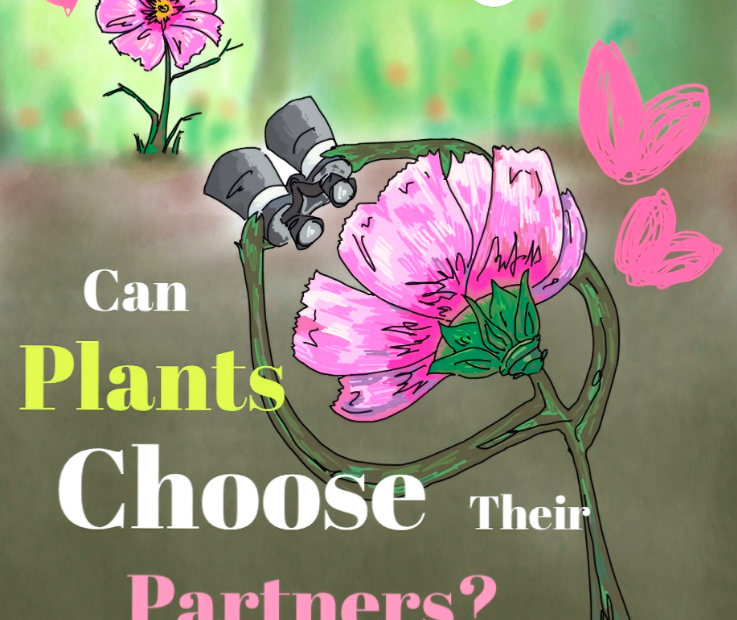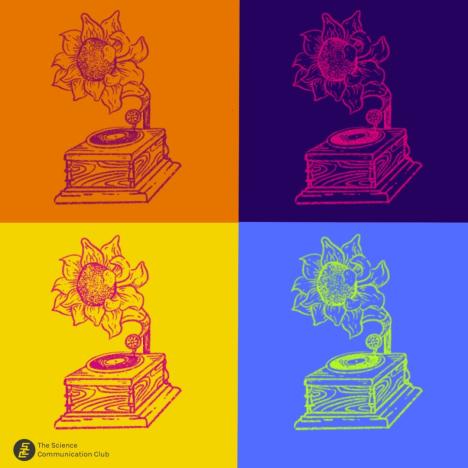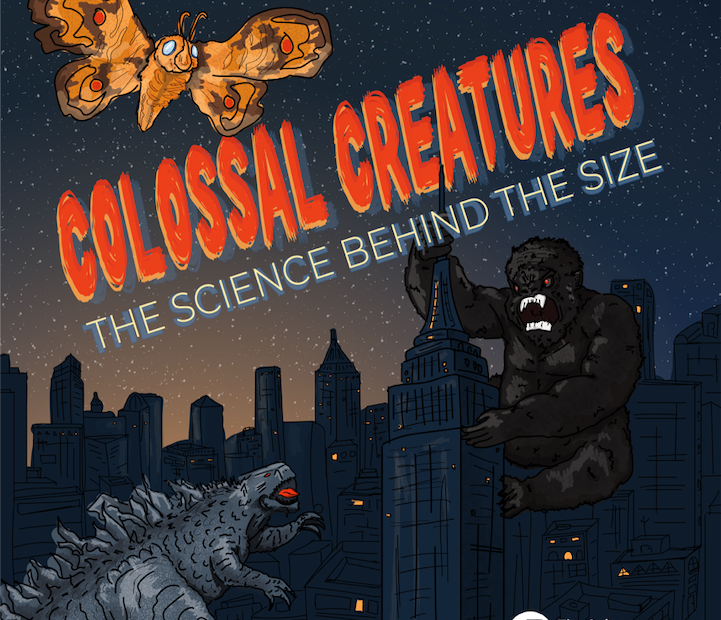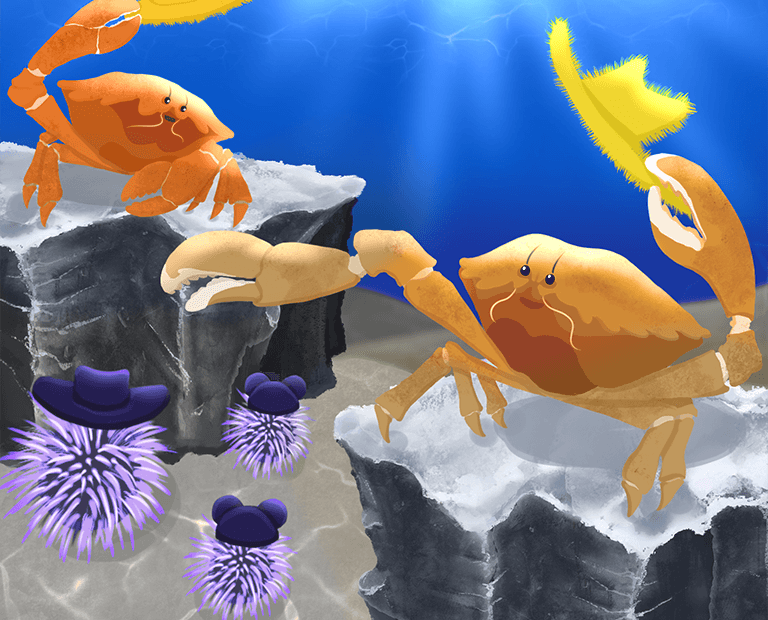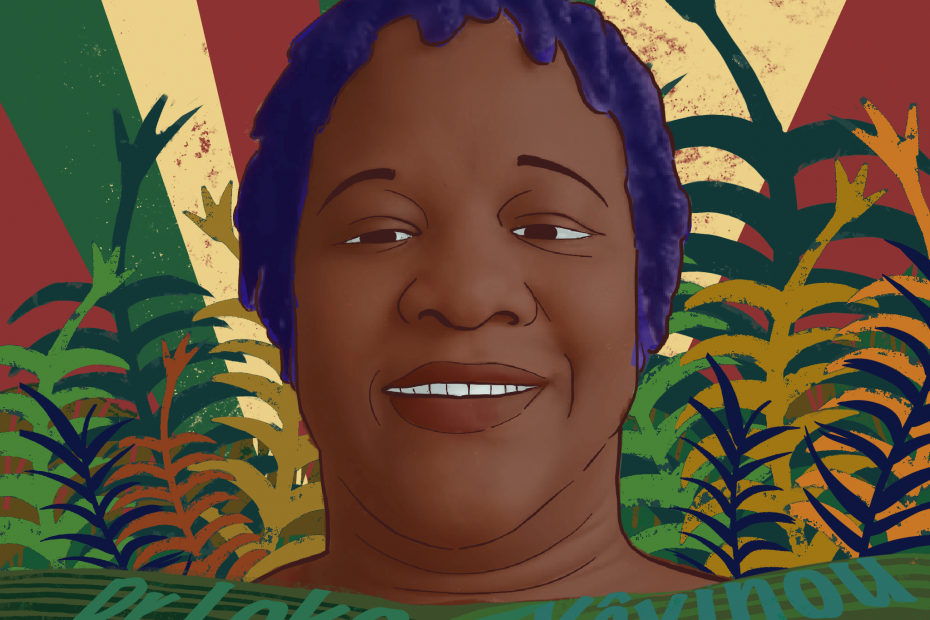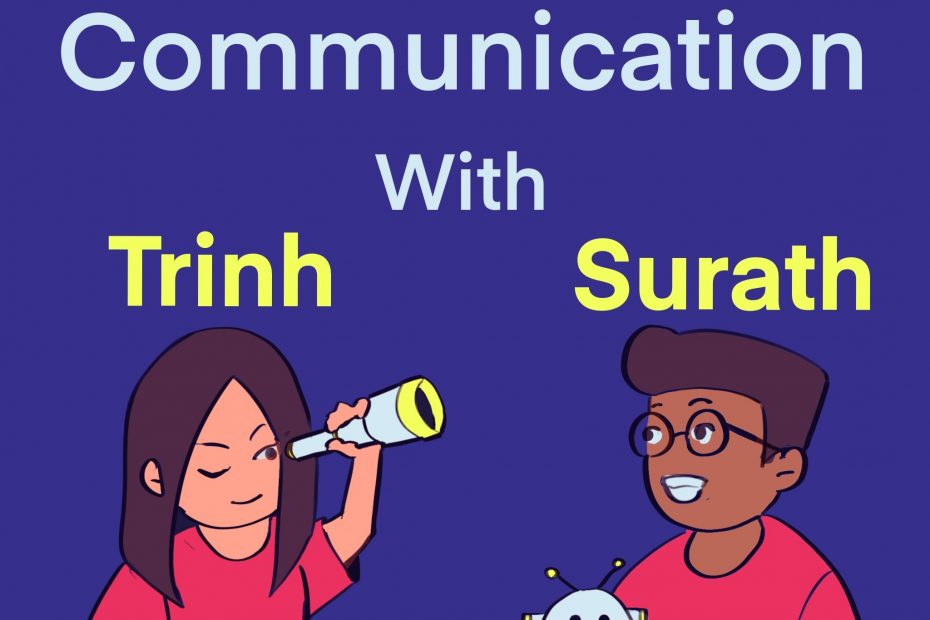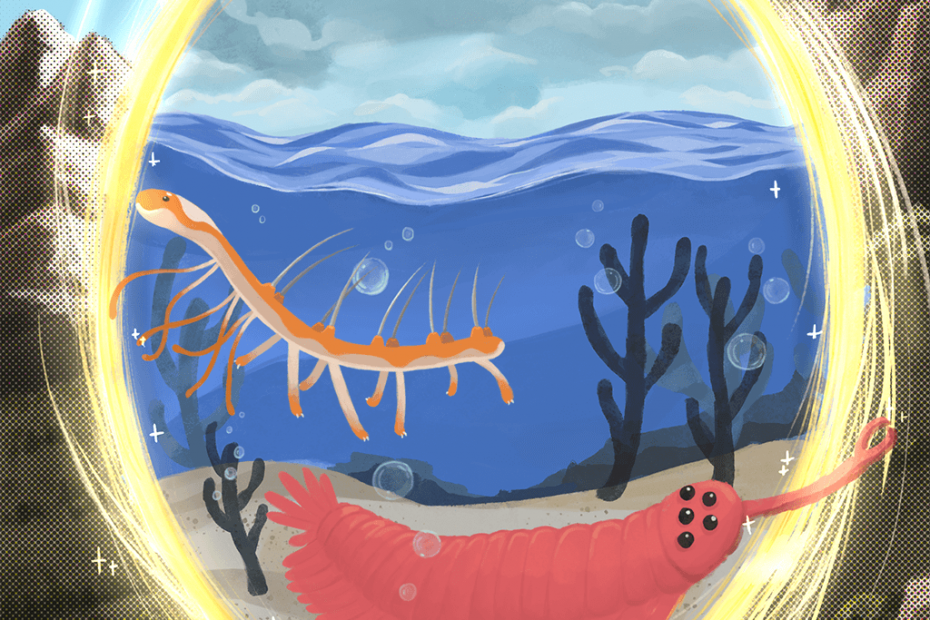Swiping Leaf: Can plants choose their partners?
The life of a plant may look static, uneventful. Plants are photosynthetic: they can produce their own food using CO2 and water, powered by sunlight. But behind their green façade, plants have a more complex, alien lifestyle than we usually give them credit for.
